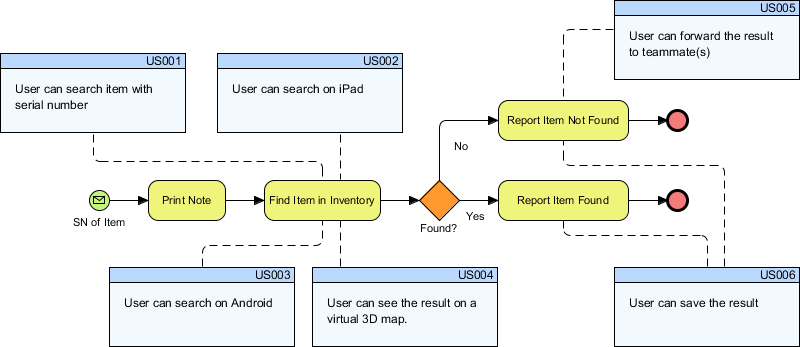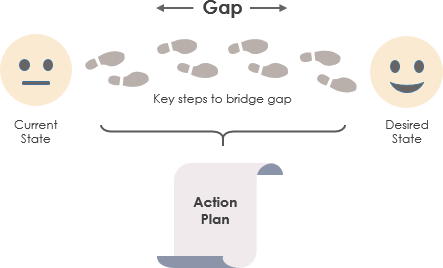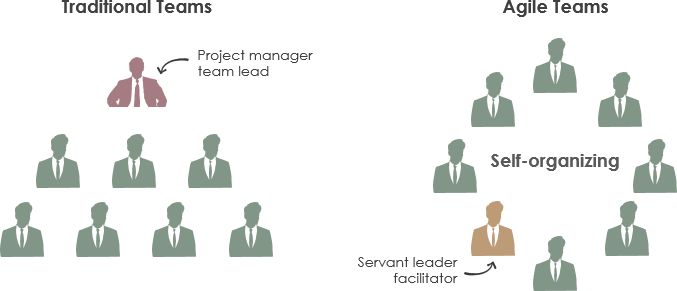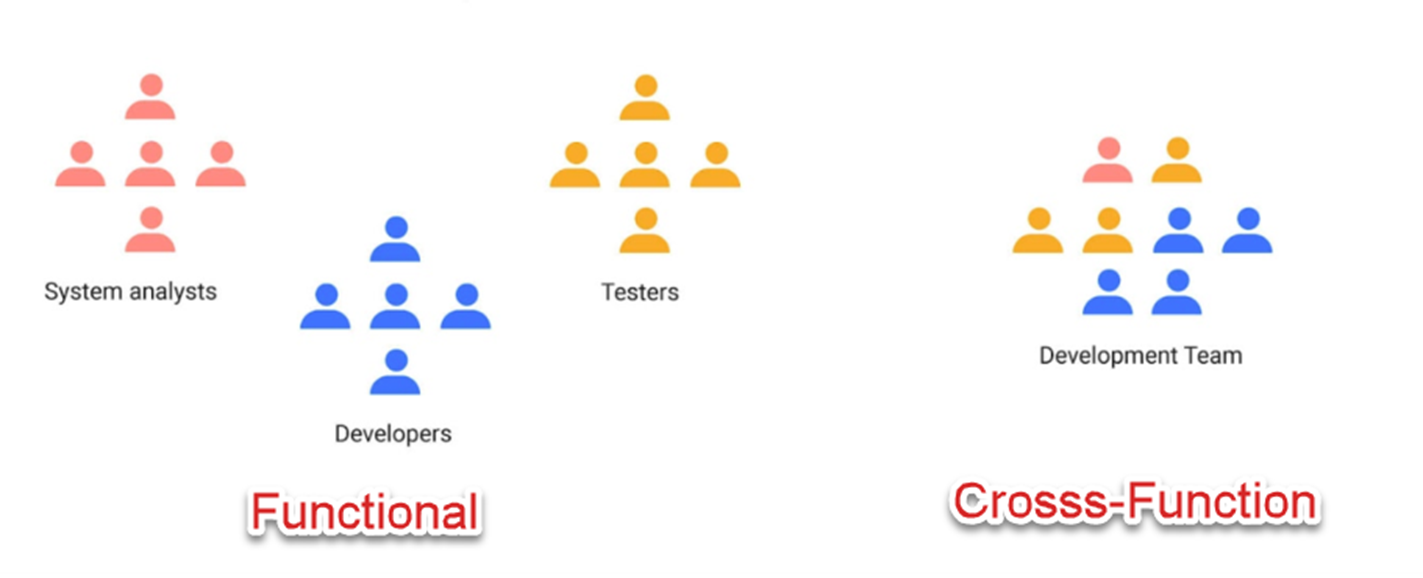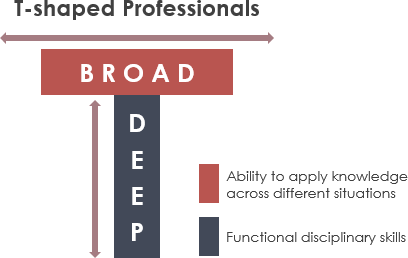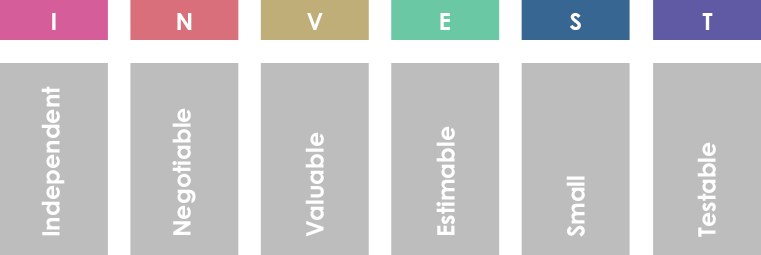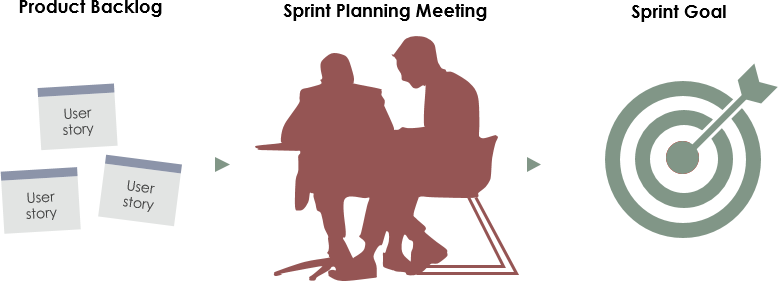Home » Agile Development » Page 3
Introduction Project management is a critical discipline in today's dynamic business environment. It ensures that organizations efficiently utilize resources, meet their goals, and adapt to changing circumstances. Two widely used project management methodologies, the Project Management Body of Knowledge (PMBOK) and Agile, have gained prominence over the years. Each approach has its unique strengths and weaknesses, making them suitable for different project types and organizational contexts. In this article, we will explore the differences between PMBOK and Agile methodologies, examining their respective strengths and weaknesses. PMBOK (Project Management Body of Knowledge): PMBOK is…
continue reading →
Introduction: In the ever-evolving landscape of modern business, organizations are constantly seeking ways to optimize their operations, improve efficiency, and drive innovation. Enterprise Architecture (EA) plays a pivotal role in this endeavor by providing a strategic framework to align business objectives with technology solutions. The Open Group Architecture Framework (TOGAF) is a widely adopted methodology for developing and managing enterprise architectures. Setting SMART goals is a proven approach to ensure that projects are well-defined, achievable, and aligned with the organization's strategic vision. In this article, we will outline a SMART goal for an…
continue reading →
Introduction In the ever-evolving landscape of software development, effective requirements management is paramount to the success of any project. Bridging the gap between business processes and software development is a challenge that has long plagued project teams. However, a powerful combination of Business Process Model and Notation (BPMN) and User Stories offers a solution that not only enhances clarity and communication but also boosts the overall efficiency of the development process. In this article, we explore the benefits of mapping User Stories with BPMN processes, guiding you through the process and highlighting the…
continue reading →
Introduction In today's rapidly evolving business landscape, digital transformation has emerged as a critical imperative for organizations seeking to remain competitive and relevant. The fusion of technology with traditional processes promises increased efficiency, improved customer experiences, and new avenues for growth. However, embarking on this journey is not without its challenges. In this article, we will explore strategies for successful digital transformation, helping you navigate the complex terrain of technological change and emerge as a digitally empowered and future-ready enterprise. As-Is, To-Be, and Gap Analysis in Business Improvement Business improvement often begins with…
continue reading →
Introduction In today's rapidly evolving business landscape, Agile methodologies have become the cornerstone of project management and product development. Agile principles and practices offer organizations the flexibility and responsiveness needed to thrive in dynamic markets. One crucial aspect of Agile is team structure, and two prevalent approaches stand out: cross-functional teams and self-organized, self-managed teams. In this exploration, we will delve into the distinctions between these team structures, shedding light on their unique characteristics, advantages, and applications. Join us as we navigate the Agile landscape to better understand how these team configurations impact…
continue reading →
Introduction In today's fast-paced and ever-evolving business landscape, organizations are continually seeking ways to enhance their competitiveness and responsiveness to customer needs. One approach that has gained significant traction is the use of cross-functional teams within the Agile framework. These teams bring together diverse skills and expertise from various functional areas to collaborate on projects and product development. In this article, we will explore the myriad benefits of cross-functional teams in Agile, including their ability to drive innovation, improve coordination, and reduce development cycle times. We will delve into how these teams eliminate…
continue reading →
Introduction In the fast-paced world of software development, Scrum has become a go-to framework for fostering collaboration, adaptability, and efficiency. At the heart of every Scrum project lies the development team, a group of diverse individuals responsible for delivering high-quality software incrementally. Within these teams, you'll find a mix of skill sets, with some members being T-shaped and others I-shaped. In this article, we explore the concept of Scrum development teams, the characteristics that distinguish T-shaped and I-shaped team members, and how finding the right balance between these two profiles can lead to…
continue reading →
Introduction In the world of Agile development, achieving project success relies heavily on a set of guiding principles and practices. One such framework that plays a pivotal role in Agile project management is INVEST, an acronym that stands for Independent, Negotiable, Valuable, Estimable, Small, and Testable. INVEST serves as a critical tool for ensuring that user stories or requirements are well-defined and can be effectively managed throughout the software development lifecycle. In this article, we will delve into the purpose of INVEST in Agile, discuss common problems it helps to address, and provide…
continue reading →
Introduction User stories are a fundamental tool in agile software development, serving as a means to capture and communicate project requirements. When creating user stories, it's essential to make them clear, concise, and actionable. One approach that aids in achieving this clarity is the SMART framework. SMART stands for Specific, Measurable, Achievable, Relevant, and Time-bound, and it provides a structured method for formulating user stories that enhance project success. In this article, we'll delve into the SMART criteria and illustrate their application through sample problem descriptions and examples. Understanding the SMART Criteria The…
continue reading →
Introduction Agile is a methodology known for its flexibility, adaptability, and iterative approach to project management. At its core, Agile encourages teams to work collaboratively, respond to change, and deliver value incrementally. One of the fundamental components of Agile is the concept of a "sprint goal." In this article, we will explore what a sprint goal is, why it is essential, how it relates to other Agile activities, and provide a real-world example to illustrate its importance. What is a Sprint Goal? In Agile development, a sprint is a time-boxed iteration, typically lasting…
continue reading →

